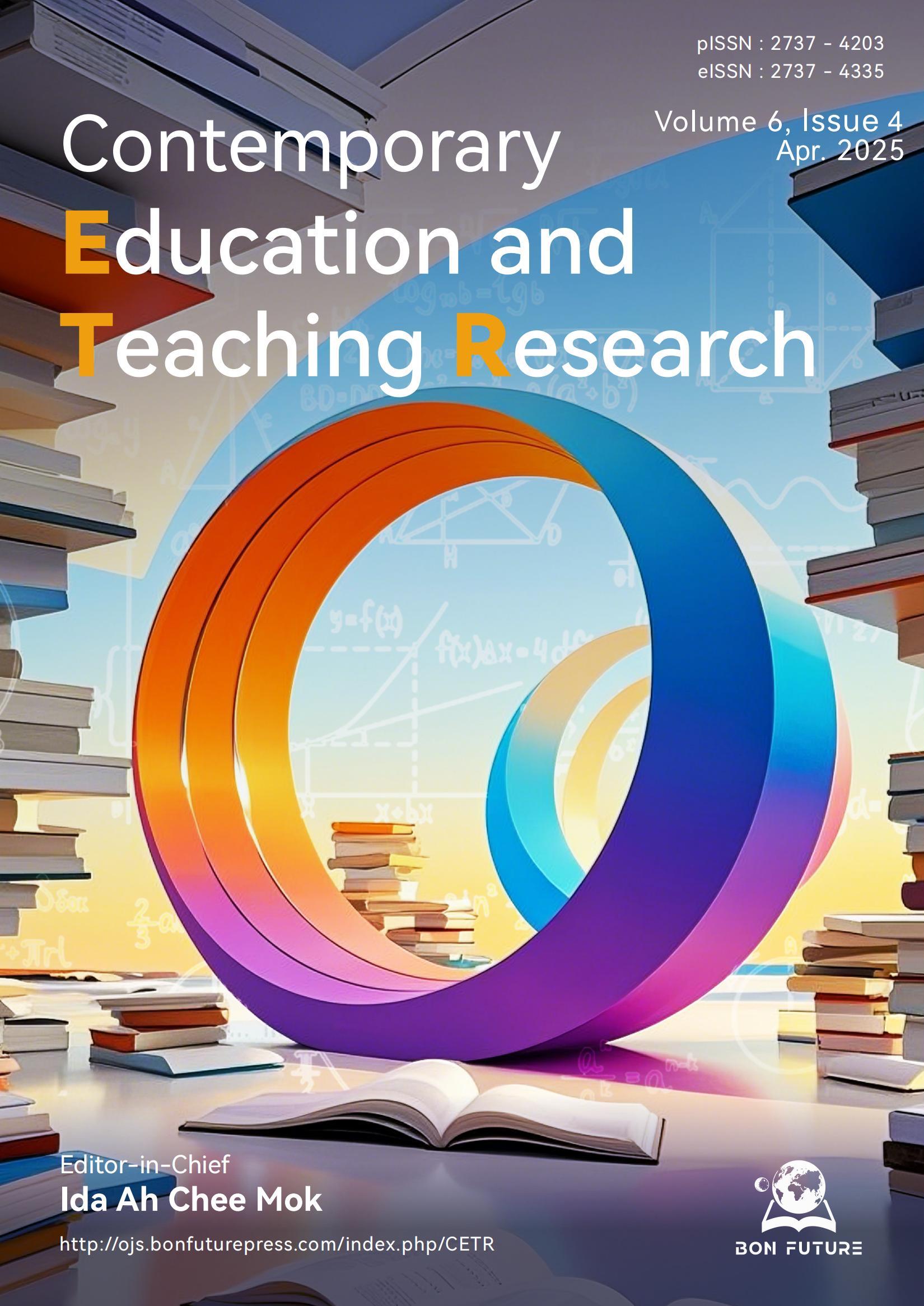The Impact of Human-Computer Collaborative Blended Teaching Mode on Higher Education Students' Learning Outcomes
DOI:
https://doi.org/10.61360/BoniCETR252018100405Keywords:
human-computer collaboration, blended learning, learning effectiveness, teacher transformation, technology applicationAbstract
With the rapid acceleration of the digital transformation of education, the human-computer collaboration blended teaching mode has gradually become an important direction of teaching reform in higher education. This article explores the impact of this model on the learning effect of higher education students, which significantly improves the depth of learning at the cognitive level; effectively enhances learning confidence and mental toughness at the emotional level; and promotes the dual enhancement of learning engagement and management ability at the behavioral aspect. In order to maximize its benefits, it can be achieved in four aspects: transformation of teachers' roles, in-depth application of technology, innovation of the evaluation system, and ethical inclusiveness. The strategy system aims to break the homogenization dilemma of the traditional teaching mode, promote the deep integration of education equity and personalized learning, and provide intelligent solutions for higher education teaching quality improvement.
References
An, G. H., Wang, H. T., & Shi, Y. S. (2024). Research on the Implementation Effect and Improvement Strategies of Blended Teaching Mode in Local Undergraduate Colleges. Journal of Hexi University, 40(3), 115-123.
Cheng, N. (2024). Application of Blended Teaching Mode Based on Learning-Through in C Language Programming Course. Computer Knowledge and Technology, 20(15), 152-155.
Liu, T., Ding, Y., & Wang, J. (2024). Research on the Influencing Factors and Improvement Strategies of Blended Teaching Effect in Practice-Oriented Courses: Taking the Course of Educational Software Development as an Example. Research and Practice of Innovation and Entrepreneurship Theory, 7(4), 5-9, 30.
Zhang, L., Feng, J. Y., Ge, L., et al. (2023). The Impact of Blended Teaching on Students' Abilities under the Ubiquitous Learning Background. Continuing Medical Education, 37(11), 25-28.
Pang, J., & Wang, B. Q. (2024). Research on the Design of Human-Computer Hybrid Intelligence in Medical Education Based on Case-Based Online Collaborative Teaching. Continuing Medical Education, 38(7), 162-165.
Chen, W. L., & Geng, Z. (2024). Exploration of Blended Teaching Mode in Higher Education Continuing Education in the "Internet + " Era. Journal of Taizhou Vocational and Technical College, 24(6), 24-27.
Wang, A. Q. (2024). Research on the Blended Teaching Mode of Online and Offline in College Finance Courses. Science and Technology Education, 2024(27), 99-101.
Li, L. L. (2024). Research on the Practice of Blended Teaching Mode in College Programming Courses. Office Automation, 29(18), 28-30.
Published
Issue
Section
License
Copyright (c) 2025 Danqing Wang

This work is licensed under a Creative Commons Attribution 4.0 International License.





